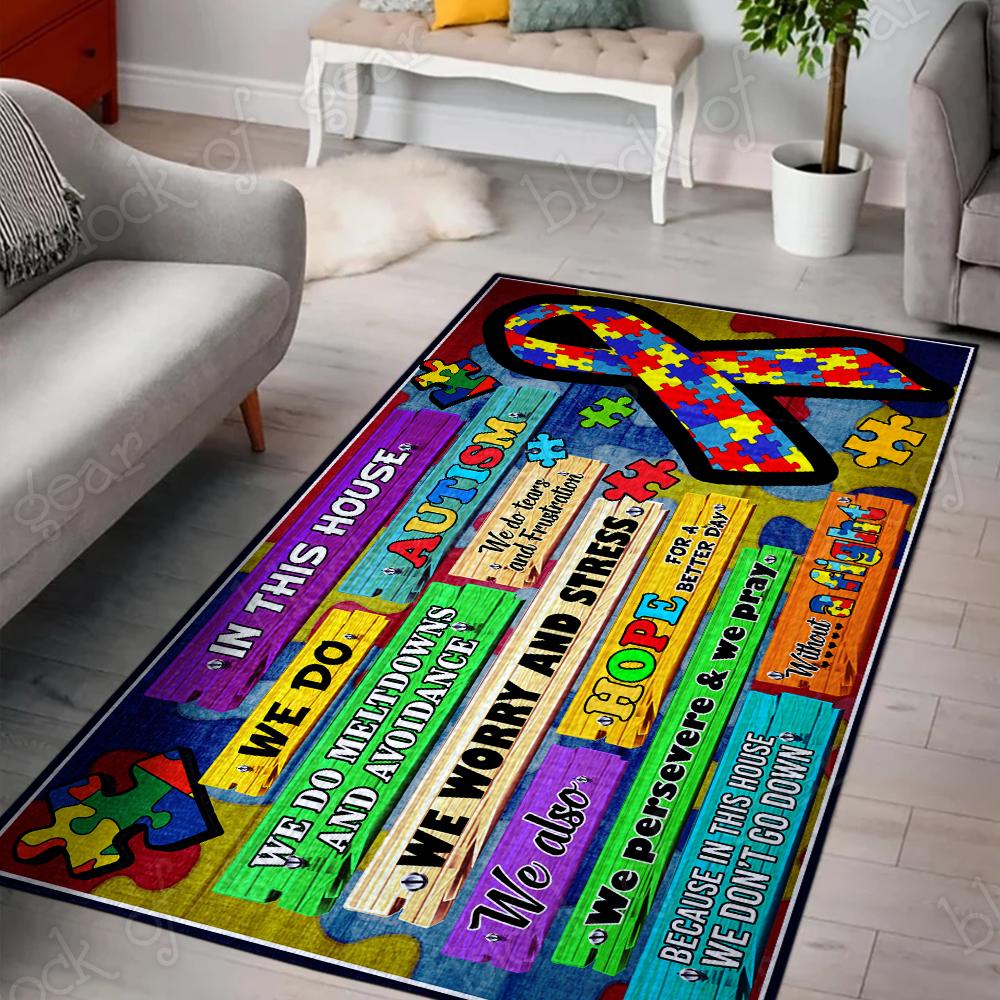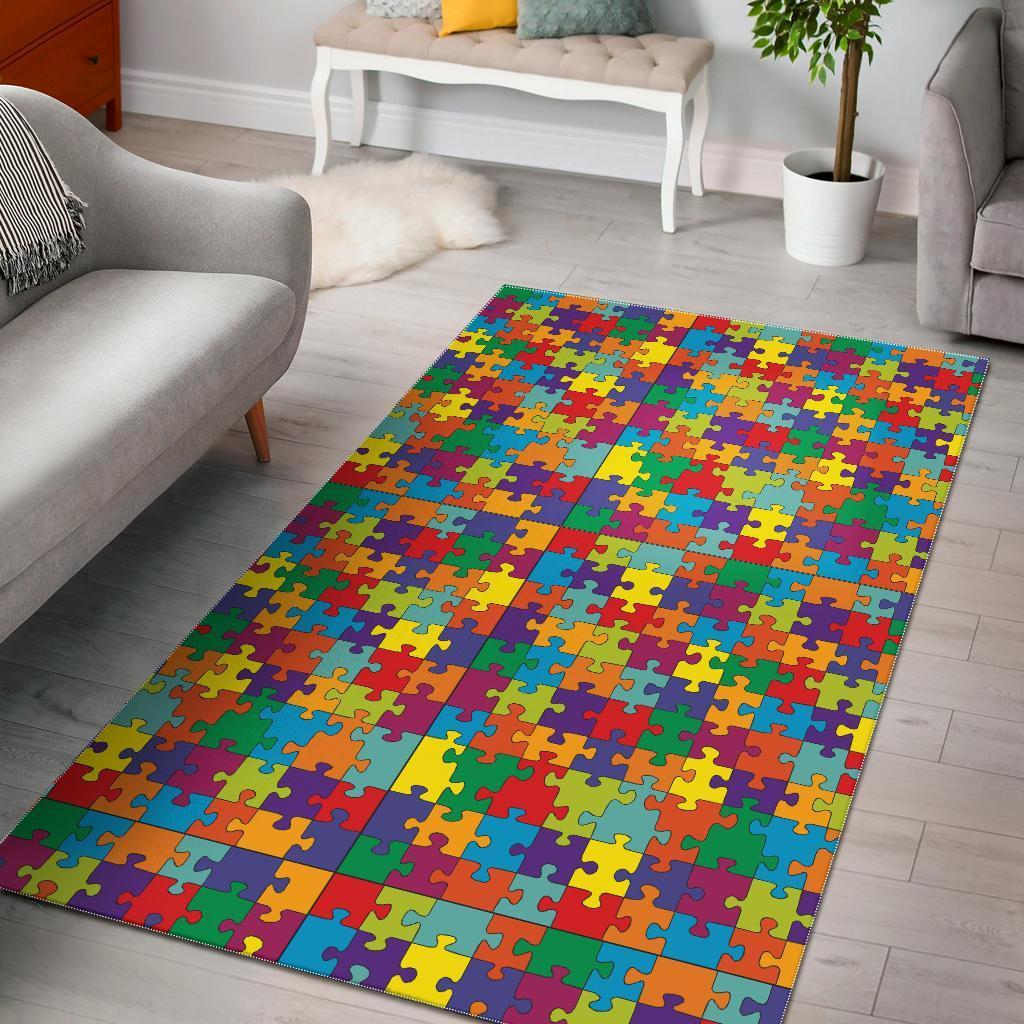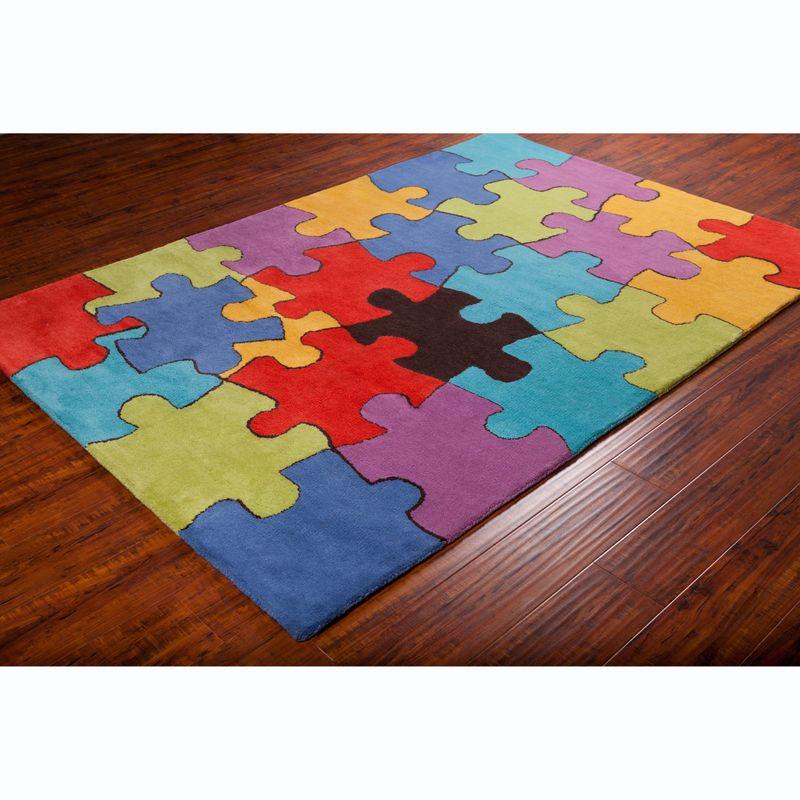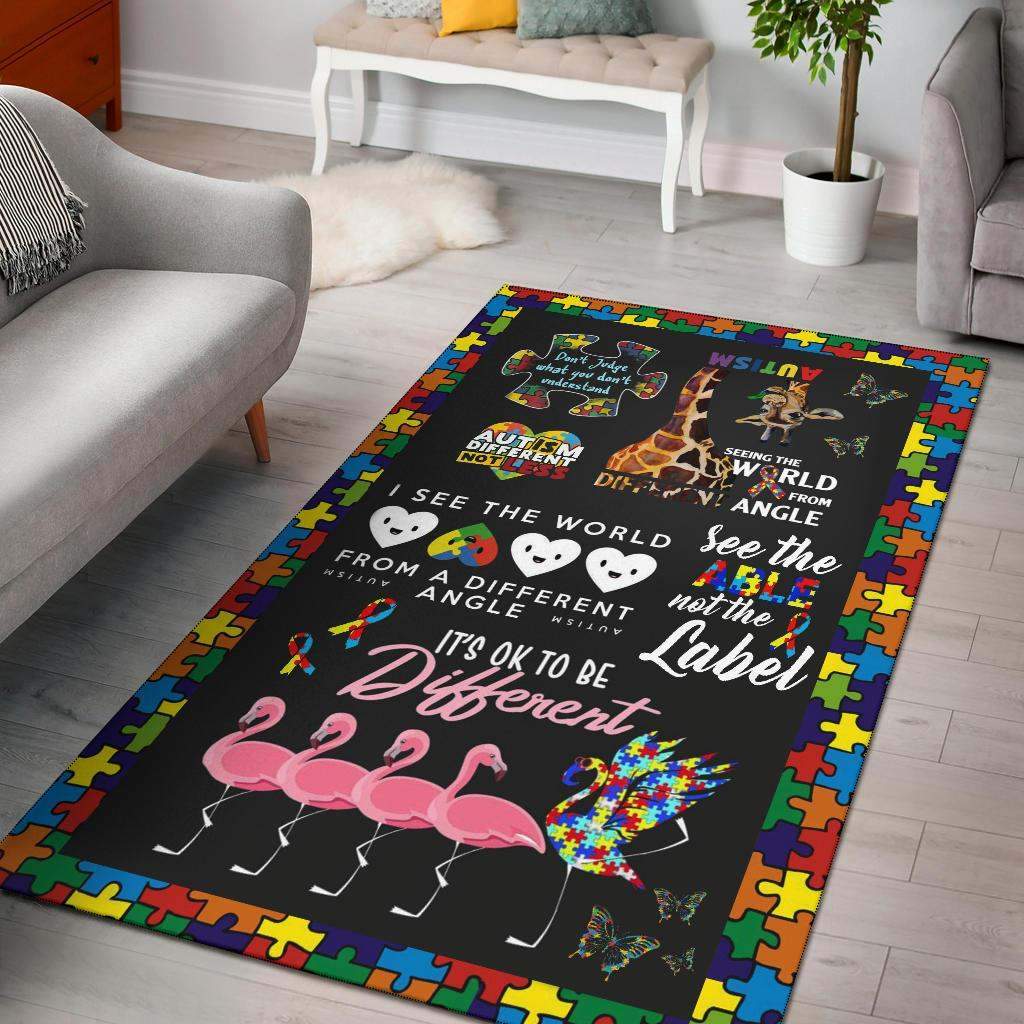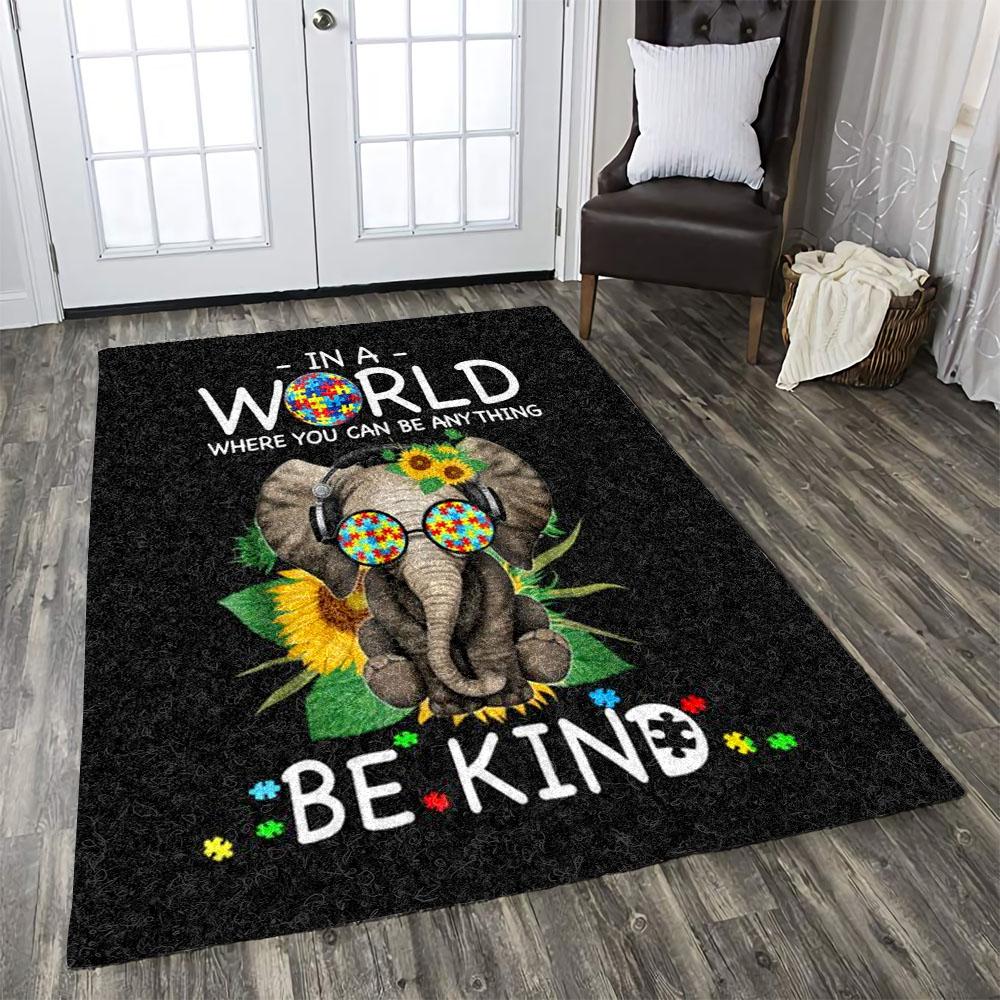Autism Rugs is a term that refers to the use of rugs and carpets to create a safe and comfortable environment for individuals with autism spectrum disorder (ASD). Autism Rugs are designed to provide sensory stimulation, reduce anxiety, and enhance the overall comfort and well-being of individuals with ASD.
Autism is a complex neurodevelopmental disorder that affects communication, social interaction, and behavior. Individuals with ASD may experience a range of symptoms and challenges, including difficulty with social interaction, sensory sensitivities, repetitive behaviors, and communication difficulties.
One of the ways that individuals with ASD can manage their symptoms and improve their quality of life is through the use of sensory-friendly environments. Sensory-friendly environments are designed to provide a calming and comfortable sensory experience for individuals with ASD, while also reducing anxiety and stress.
Autism Rugs play an important role in creating sensory-friendly environments for individuals with ASD. These rugs are designed to provide a soft and comfortable surface for walking, sitting, or lying down, while also providing a range of sensory stimuli that can help to reduce anxiety and promote relaxation.
Many Autism Rugs are designed with a range of textures and surfaces, including soft and plush materials, raised patterns and textures, and even sensory elements like beads or sequins. These textures and surfaces can provide a range of tactile and visual stimuli that can help to soothe and comfort individuals with ASD.
In addition to providing sensory stimulation, Autism Rugs can also help to reduce anxiety and stress by creating a predictable and consistent environment. Many individuals with ASD thrive on routine and predictability, and having a consistent and familiar environment can help to reduce feelings of anxiety and uncertainty.
Autism Rugs can be used in a variety of settings, including homes, schools, therapy centers, and other environments where individuals with ASD may spend time. They can be used as a standalone sensory tool or as part of a larger sensory-friendly environment that includes other sensory elements like lighting, sound, and texture.
When choosing Autism Rugs, it is important to consider the specific needs and preferences of the individual with ASD. Some individuals may prefer soft and plush materials, while others may prefer more textured or patterned surfaces. It is also important to consider the size and placement of the rug, as well as any safety concerns or requirements.
Overall, Autism Rugs can be a valuable tool for individuals with ASD and their families and caregivers. By providing a sensory-friendly environment that is comfortable, calming, and predictable, these rugs can help individuals with ASD to manage their symptoms and improve their quality of life.

